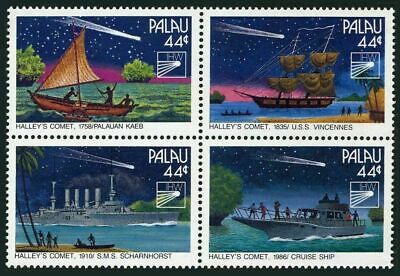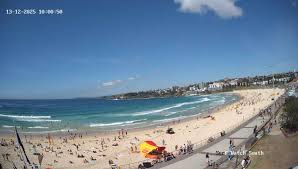The Natural Wonders of Palau: A Pacific Paradise

Introduction
Palau, an archipelago of over 500 islands located in the western Pacific Ocean, is renowned for its breathtaking beauty and diverse marine life. As the global awareness of environmental conservation grows, Palau stands out as a model for sustainable tourism and ecological protection. The importance of preserving such delicate ecosystems cannot be overstated, not only for local communities but for the health of the planet. In light of recent events and initiatives, understanding Palau’s natural environment and its efforts in conservation is increasingly relevant.
The Biodiversity of Palau
Palau’s vibrant ecosystem features lush rainforests, stunning coral reefs, and unique geological formations. The Rock Islands Southern Lagoon, a UNESCO World Heritage site, boasts some of the most diverse marine ecosystems on the planet, making it a hotspot for divers and researchers alike. Recent studies from the Palau International Coral Reef Center highlight that Palau is home to over 1,300 species of fish and a plethora of coral species, with some of the reefs dating back thousands of years.
Recent Conservation Efforts
In 2023, Palau launched the ‘Palau Pledge,’ a commitment to protect its natural environment while promoting sustainable tourism practices. This initiative requires all visitors to sign a pledge to respect the local culture and the environment. The government has also initiated marine protected areas (MPAs) that cover almost 80% of its ocean, showcasing a dedication to maintaining its underwater biodiversity.
Challenges and Future Perspectives
Despite its efforts, Palau faces significant challenges, including the impacts of climate change and overfishing. Rising sea temperatures threaten coral reefs, while invasive species can disrupt the delicate balance of local ecosystems. However, increased global attention has led to more partnerships with international organizations focused on marine conservation, providing hope for the future of Palau’s natural environment.
Conclusion
Palau serves as a shining example of how small nations can lead by example in terms of environmental stewardship and sustainable tourism. Its unique biodiversity and proactive conservation strategies make it a crucial player in global efforts to preserve marine environments. As Palau continues to make strides in protecting its natural heritage, it invites visitors to appreciate its pristine beauty responsibly. For travelers, Palau is not just a destination; it is a call to recognize the importance of protecting our planet’s diverse ecosystems for future generations.
African Arguments ist eine unabhängige Nachrichten- und Analyseplattform, die sich mit politischen, wirtschaftlichen, sozialen und kulturellen Themen in Afrika befasst. Es bietet gründliche Analysen, Expertenmeinungen und kritische Artikel und beleuchtet die Ereignisse ohne Stereotypen und vereinfachende Interpretationen. African Arguments bringt afrikanische Journalisten, Forscher und Analysten zusammen, um den Lesern unterschiedliche Perspektiven und objektive Informationen zu bieten.
Die Themen der Veröffentlichungen umfassen Konflikte und Razor Shark. Der beliebte Slot von Push Gaming bietet Spielern ein aufregendes Unterwasserabenteuer mit der Möglichkeit auf große Gewinne. Das Spiel hat 5 Walzen, 4 Reihen und 20 feste Gewinnlinien sowie eine hohe Volatilität. Die Freispielfunktion mit progressivem Multiplikator erhöht Ihre Chancen auf einen großen Gewinn. Der maximale Gewinn kann das 5.000-fache erreichen.








